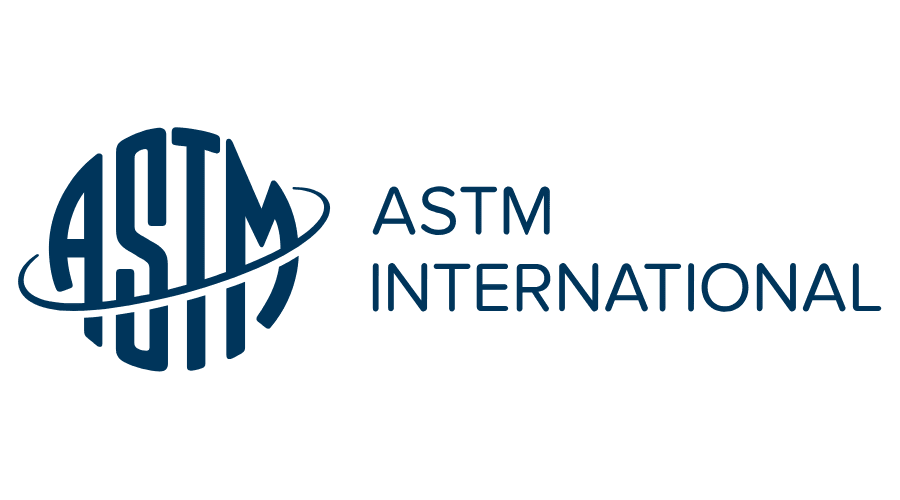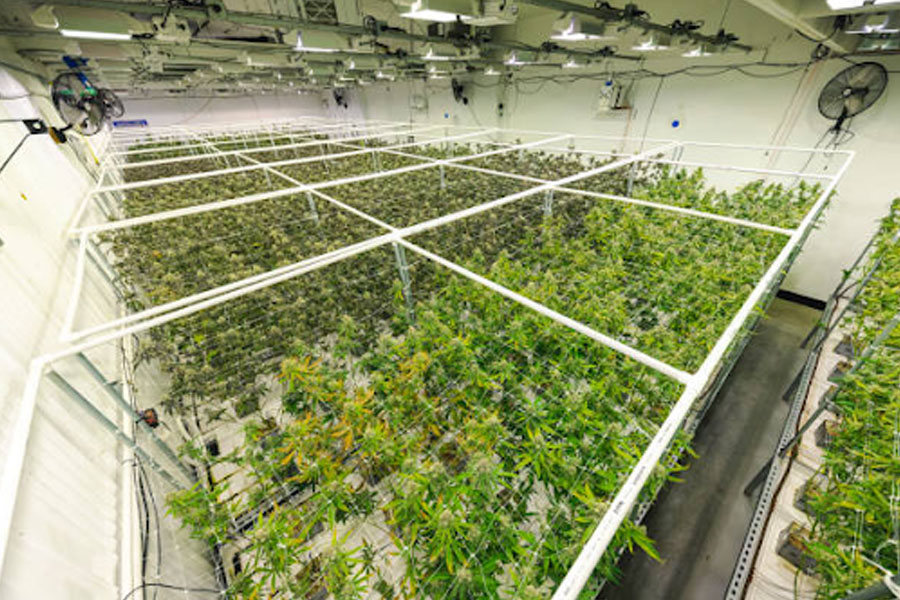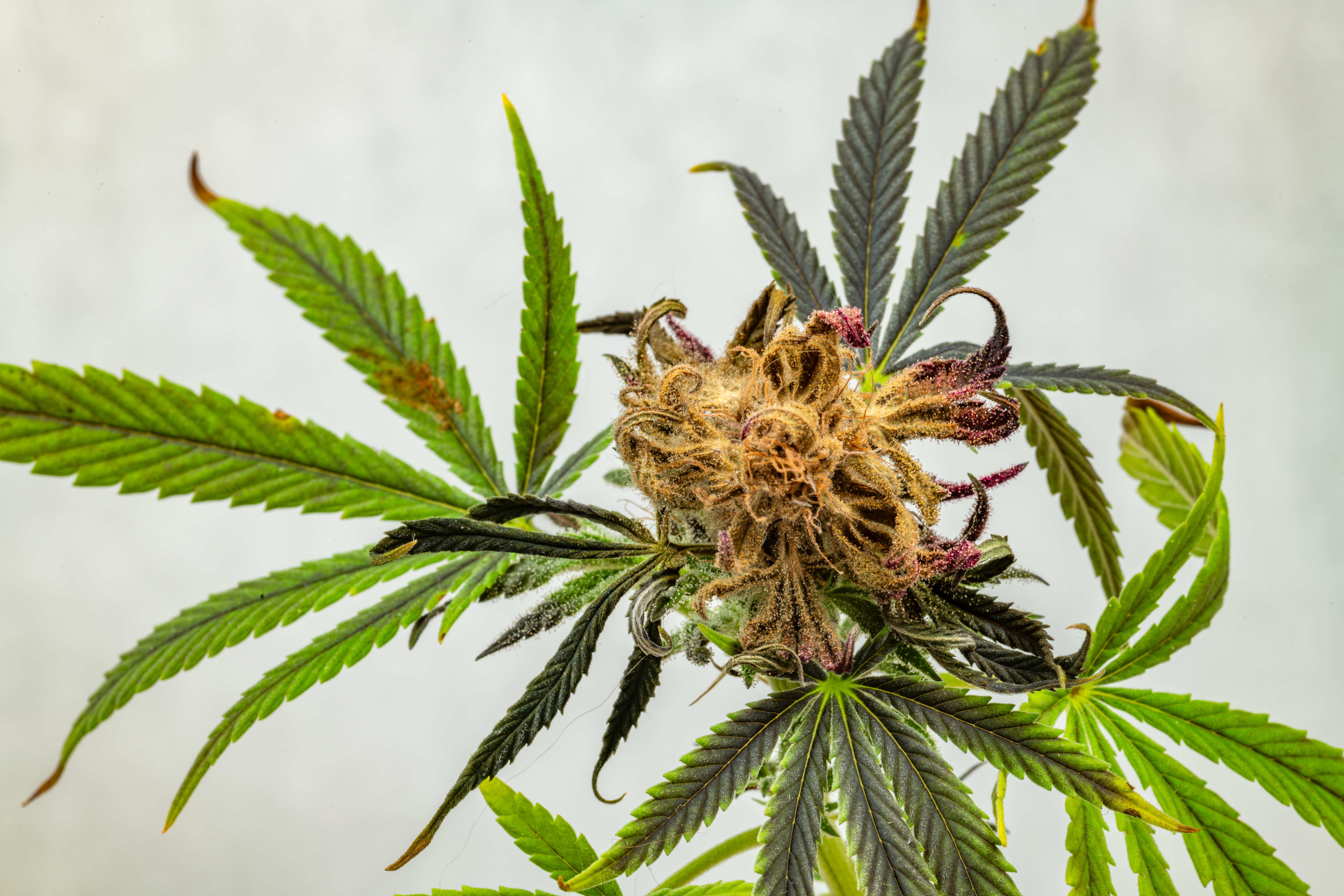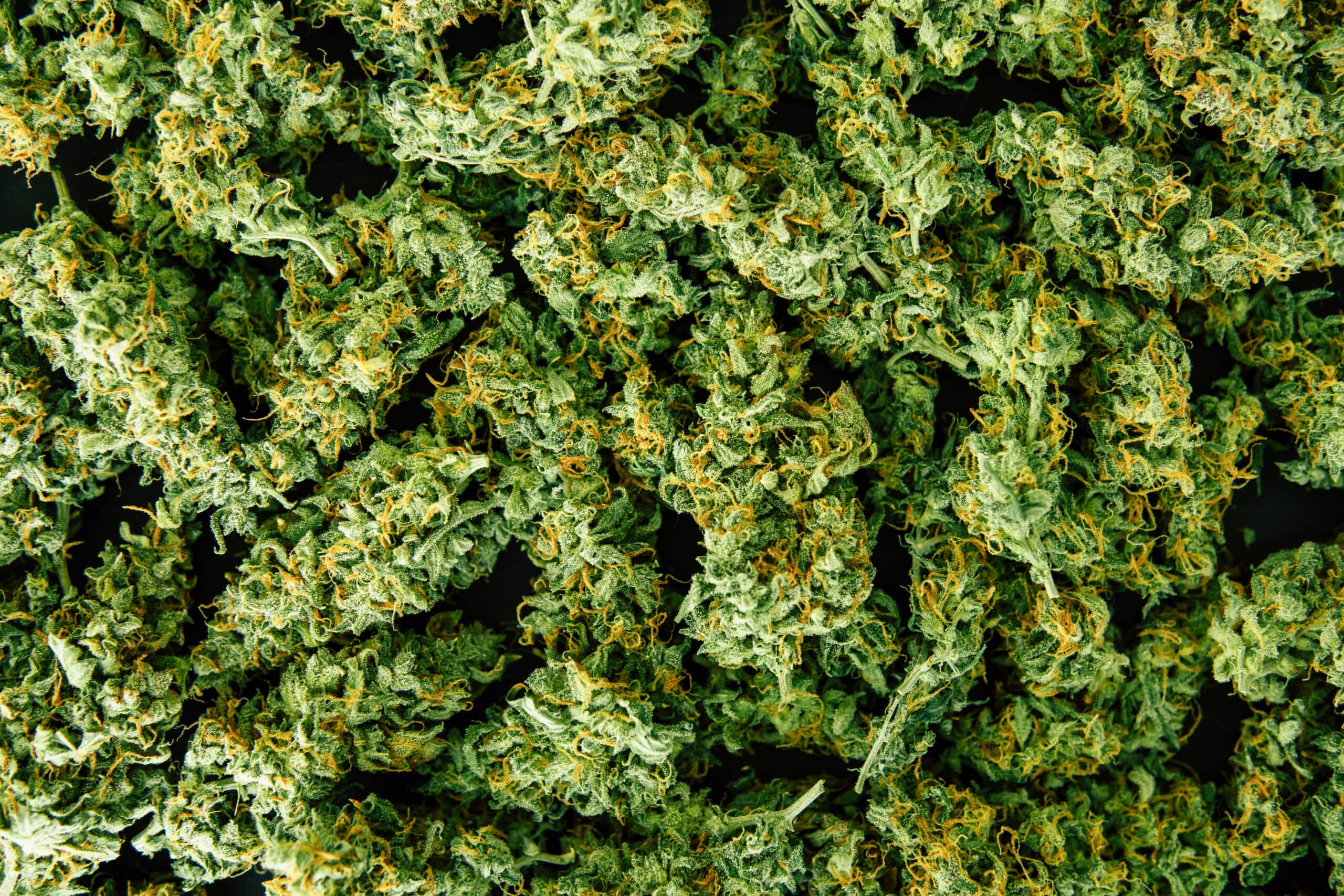ASTM International Releases First Industry Standard Guide on Methods for Microbial Control in Cannabis Industry
The Leading Standards Organization Addresses Cannabis Microbial Control with Help from Ziel’s VP of Scientific & Regulatory Affairs and Other Experts
The American Society for Testing and Materials (ASTM) is one of the world’s top standard-setting organizations, with offices located across the globe. For over 100 years, the not-for-profit, nongovernmental organization has produced voluntary standard guides for various industries, ranging from railroads and steel to soil and water. This year, they launched the first standard guide for microbial control in post-harvest cannabis and hemp.

ASTM International’s guides are exactly that, guides. They exist to provide neutral information, so the reader can make an informed decision that is safe for business and consumer. They’re not meant to endorse any one technology, practice, or approach over another, but rather to define and explain the options available. Along with general information, they publish specifications, classifications, and test methods.
The organization is made up of industry experts, including Ziel’s VP of Scientific and Regulatory Affairs, Parastoo Yaghmaee. Yaghmaee joined ASTM International in 2020, after the Cannabis Committee (D37) was established. Over the following years, she and other cannabis industry experts explored microbial standards. In 2021, they formed a subcommittee to develop ASTM International’s first industry standard guide for cannabis, focusing on existing decontamination technologies already established in the food industry. Some, like Radio Frequency (RF), already had a presence in cannabis as well.


The Standard Guide for Techniques to Lower Microbial Load of Post-Harvest Inflorescence of Cannabis and Hemp
The guide details several cannabis decontamination technologies, including ionizing radiation (gamma and e-beam), ozone, UV, and non-ionizing RF. It also features other, less common options such as steam pasteurization.
To develop the guide, each expert within the subcommittee worked on their respective technologies. As Ziel’s VP of Scientific and Regulatory Affairs, Yaghmaee was able to provide deep insight into how RF works and why it’s so effective at remediating cannabis without damaging the plant or its chemicals. She and the other representatives each wrote their portions before bringing them to the whole subcommittee for review.
Approval of the guide requires consensus from all members. After the first subcommittee review, the guide was sent to the main cannabis committee for their input. After a few rounds of edits and updates, and once consensus was reached by the subcommittee and main committee, the guide was then sent to the entire ASTM International organization for review and sign-off.
It took a few years of in-depth research and review. In May of 2025, the guide was officially released to the public. It can be found for purchase here.
Using the ASTM Guide in Your Cannabis Business
ASTM International’s “Standard Guide for Techniques to Lower Microbial Load of Post-Harvest Inflorescence of Cannabis and Hemp” is ideal for cannabis cultivators, regulatory agencies, and even consumers. It features an ongoing list of techniques that may be used to decontaminate post-harvest cannabis to meet regulatory compliance.
Use this guide to make an informed decision for your business. Operating without a decontamination strategy in your Standard Operating Procedures can result in thousands to millions of dollars in revenue lost on harvests that fail to meet regulatory requirements. With the right remediation strategy, those harvests can be saved and still sold as whole flower, as opposed to being downgraded to concentrate products, which tend to have lower market value.
Curious which technology is right for your needs? Purchase ASTM International’s guide to explore the different options available, and reach out to Ziel if you have any questions.
